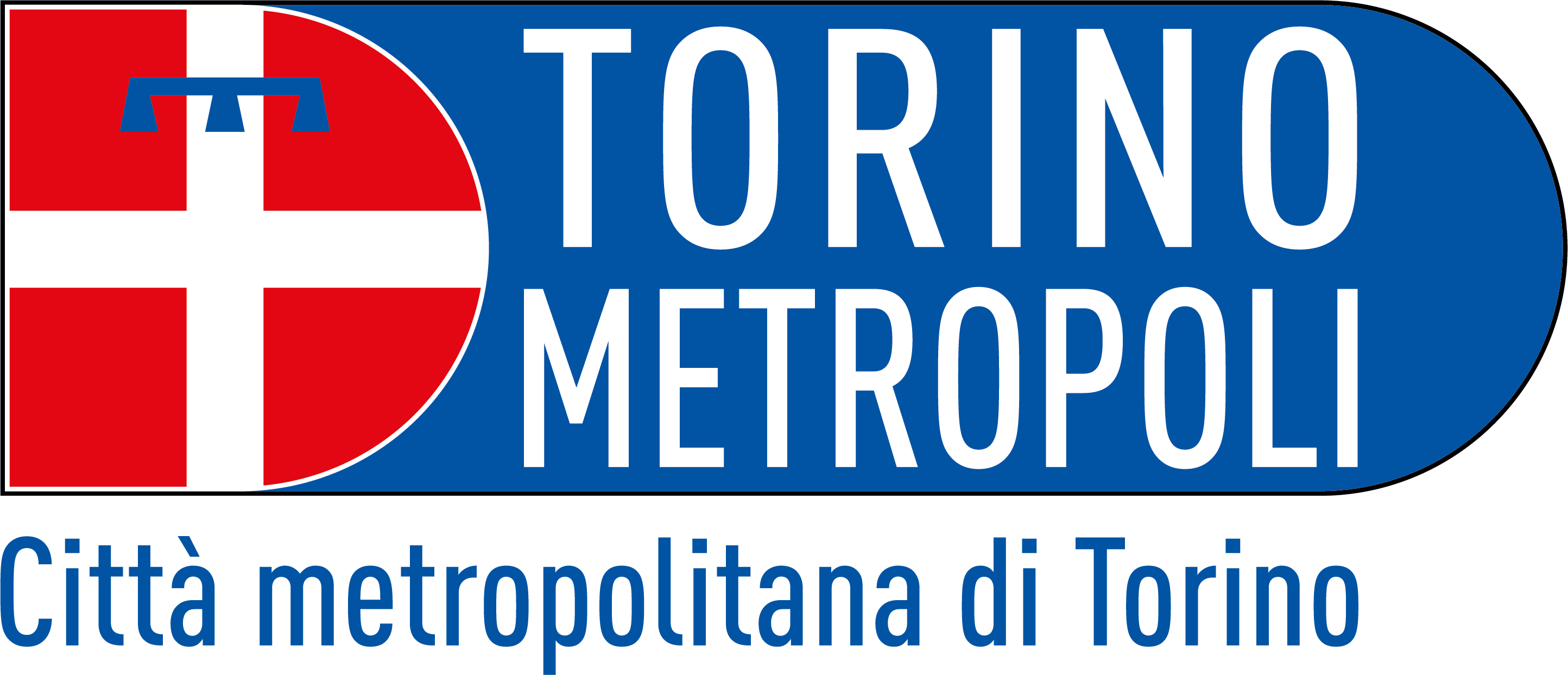Last 15 June, the Ministry of Ecological Transition, in agreement with the Ministries of the Economy, Economic Development and Health, issued the decree of 15 June 2022, which came into force on 03 August 2022.
This new measure is aimed at incentivising the voluntary introduction of certified environmental management systems governed by european regulation No. 1221/2009 in companies carrying out treatment operation for Waste from Electrical and Electronic Equipment (WEEE). The incentive consists of economic financing for obtaining EMAS (Eco-Management and Audit Scheme) certification, a voluntary environmental certification tool aimed at companies and public bodies, for the assessment, reporting and improvement of environmental performance. The annual ceiling is EUR 500,000, while for the individual beneficiary company the contribution will be equal to the amount incurred to obtain the certification, which can be up to a maximum of EUR 15,000.
The tools that enable an organisation to comply with current regulations and to develop a self-control system that identifies and manages the impacts it has or could have on the environment are Environmental Management Systems (EMSs). As far as the treatment of WEEE is concerned, these systems are of great importance and usefulness in the management of such waste which, if not disposed of properly, could cause considerable environmental damage.
The Annual Report 2021 of the WEEE Co-ordination Centre illustrates the trend in the results achieved by all EMSs dealing with take-back at collection points and collection sites organised by retailers for the management of technological waste. In Italy, a growth of 5.3 per cent over 2020 is observed. EMSs managed a total of 385,258 tonnes of WEEE throughout the country, more than 19,000 tonnes more than in 2020, representing an average collection per capita of 6.46 kg.
There are, however, considerable differences between different areas of the country.
In the northern regions, total collection reaches 201,130 tonnes, an increase of 4.8% compared to 2020, resulting in a per capita average of 7.28 kg, higher than the national average (6.46 kg/inhabitant). The most virtuous region is Liguria, with an increase over the previous year of 10.3%, while in second place we find Piedmont with an increase of 7.03%, although it remains the 'tail-end' among the northern regions with regard to the per capita average of only 6.07 kg, a value, albeit slightly, below the national average.
The regions of the Centre reach a total of 86,127 tonnes with a growth of 4.37% compared to 2020, while the average collection per capita stands at 6.56 kg. Tuscany once again succeeds as the most virtuous region with a 9.5% increase in collection. Abruzzo and Marche, on the other hand, decrease their WEEE separate collection by -0.6 per cent and -1.6 per cent respectively.
Southern Italy records the highest growth in WEEE collection, with a 7.18 per cent increase and a total of 97,195 tonnes, while the per capita average stands at 5.14 kg, narrowing the gap with the national average (6.46 kg/inhabitant). Sardinia (+12%), Sicily (+10.9%), Apulia (+9.4%) and Calabria (+7.7%) are the driving forces for WEEE management in the South. There are, however, less encouraging data: Molise and Basilicata record important decreases, -9.9% and -4.9% respectively.
The above data illustrate the situation of WEEE in Italy and highlight the importance of state incentives to improve and make more efficient the treatment of this waste.
More news and insights on the topic:
WEEE Coordination Centre
WEEE recycling: where are we and what obstacles remain to be removed
Alessio Haberstumpf
